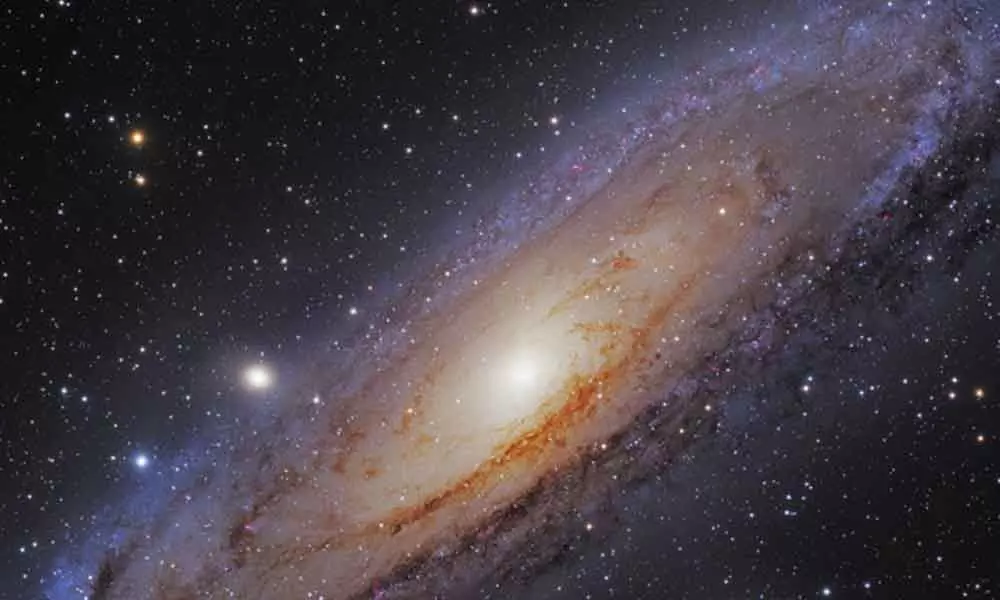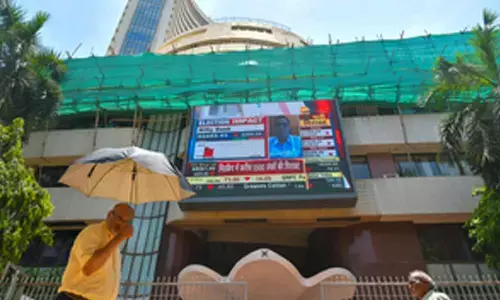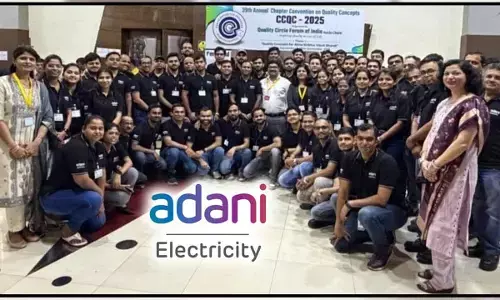Most of Milky Way's stars may have formed in a relatively short time span: Study

Astronomers using the European Space Agency's Very Large Telescope (VLT) have observed a star burst at the central part of the Milky Way, and found that the formation of most stars in the galaxy may have happened in a relatively short time span.
London (PTI) Astronomers using the European Space Agency's Very Large Telescope (VLT) have observed a star burst at the central part of the Milky Way, and found that the formation of most stars in the galaxy may have happened in a relatively short time span.
The researchers, including those from the Institute of Astrophysics of Andalusia in Spain, found evidence at the centre of our galaxy of a star burst so intense that it resulted in over a hundred thousand bright stellar explosions. The study, published in the journal Nature Astronomy, revealed that about 80 per cent of the stars in the Milky Way's central region formed in the earliest years of our galaxy -- between eight and 13.5 billion years ago.
"Contrary to what had been accepted up to now, we found that the formation of stars has not been continuous," said Francisco Nogueras-Lara study co-author from Institute of Astrophysics of Andalusia. This initial period of star formation, the researchers said, was followed by about six billion years during which very few stars were born. They said the rapid process was brought to an end by an intense burst of star formation around one billion years ago.
During this time -- over a period of less than 100 million years -- stars with a combined mass possibly as high as a few tens of million Suns formed in this central region. Putting the findings in perspective, the researchers said the whole Milky Way is currently forming stars at a rate of about one or two solar masses per year. "The conditions in the studied region during this burst of activity must have resembled those in 'starburst' galaxies, which form stars at rates of more than 100 solar masses per year," said Nogueras-Lara.
"This burst of activity, which must have resulted in the explosion of more than a hundred thousand supernovae, was probably one of the most energetic events in the whole history of the Milky Way," Nogueras-Lara said. According to the study, many massive stars are created during a supernova but since these have shorter lifespans than lower-mass stars, they reach the end of their lives much faster, dying in violent explosions.



















